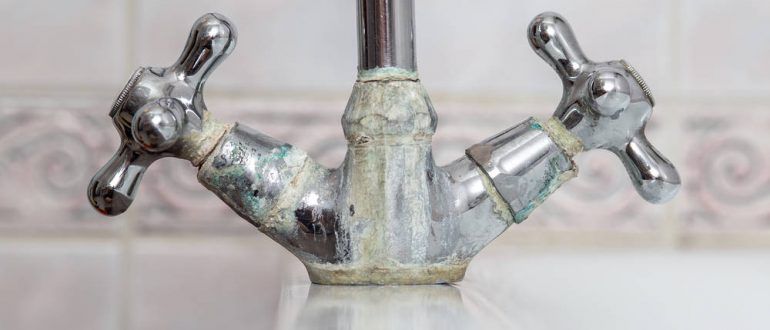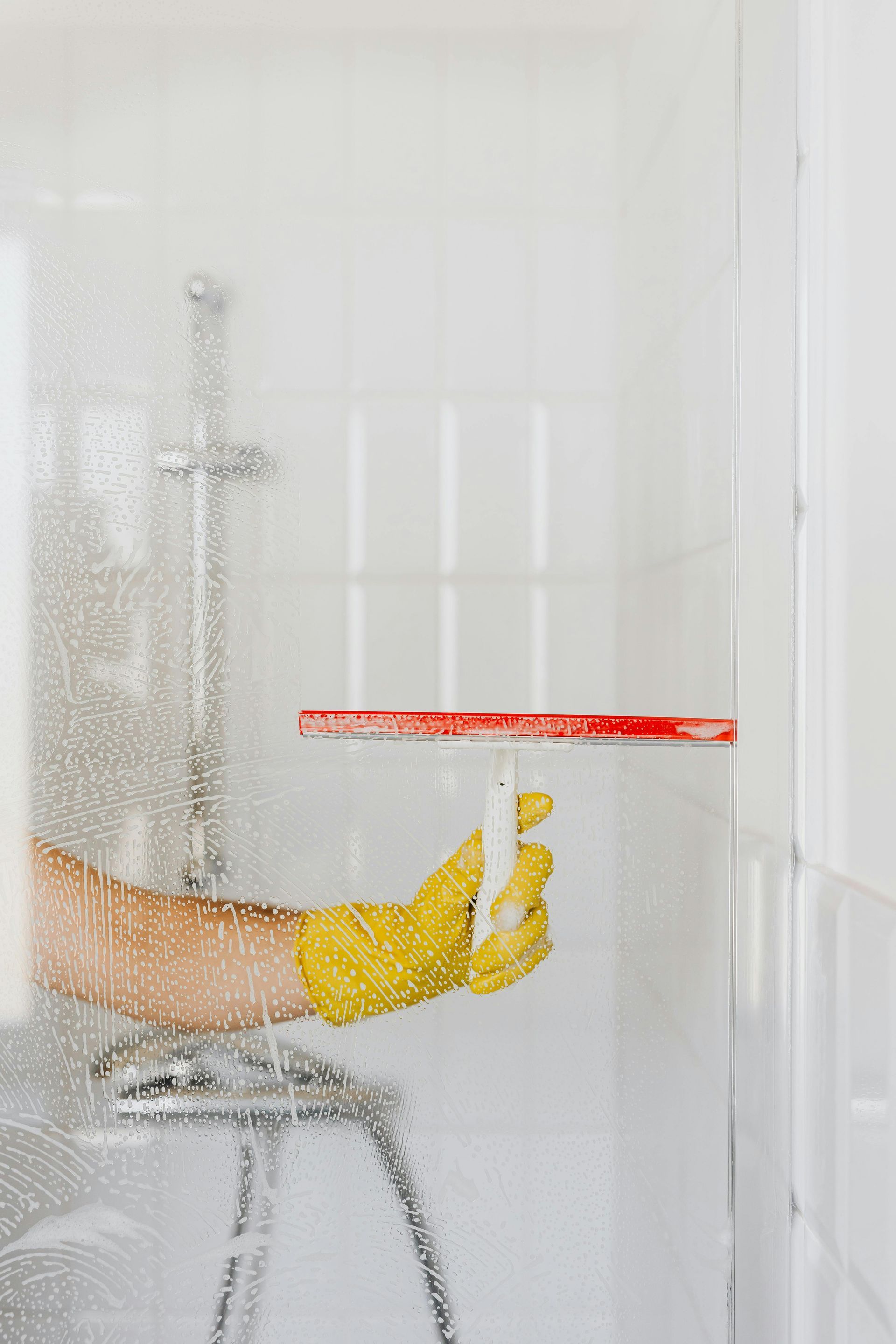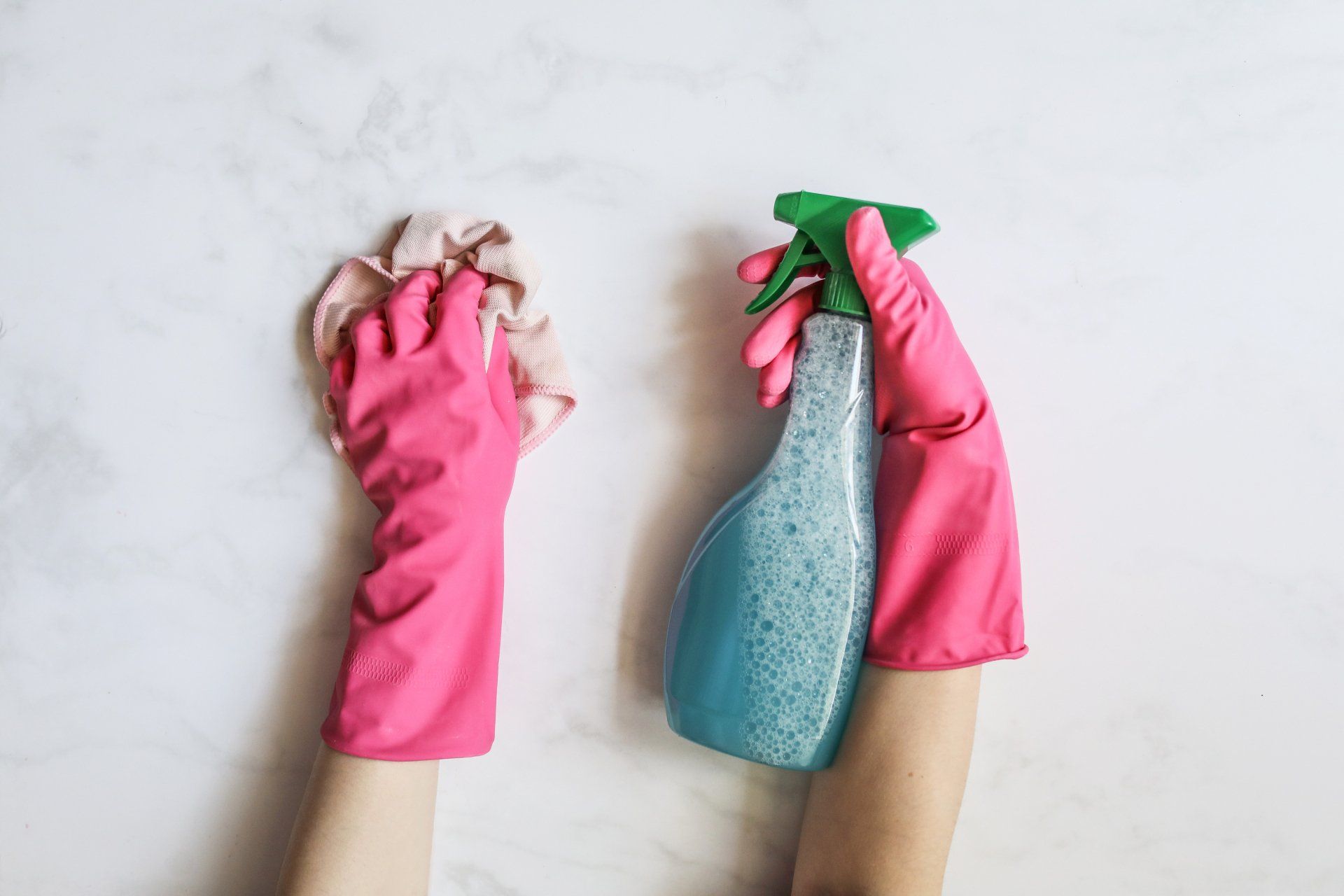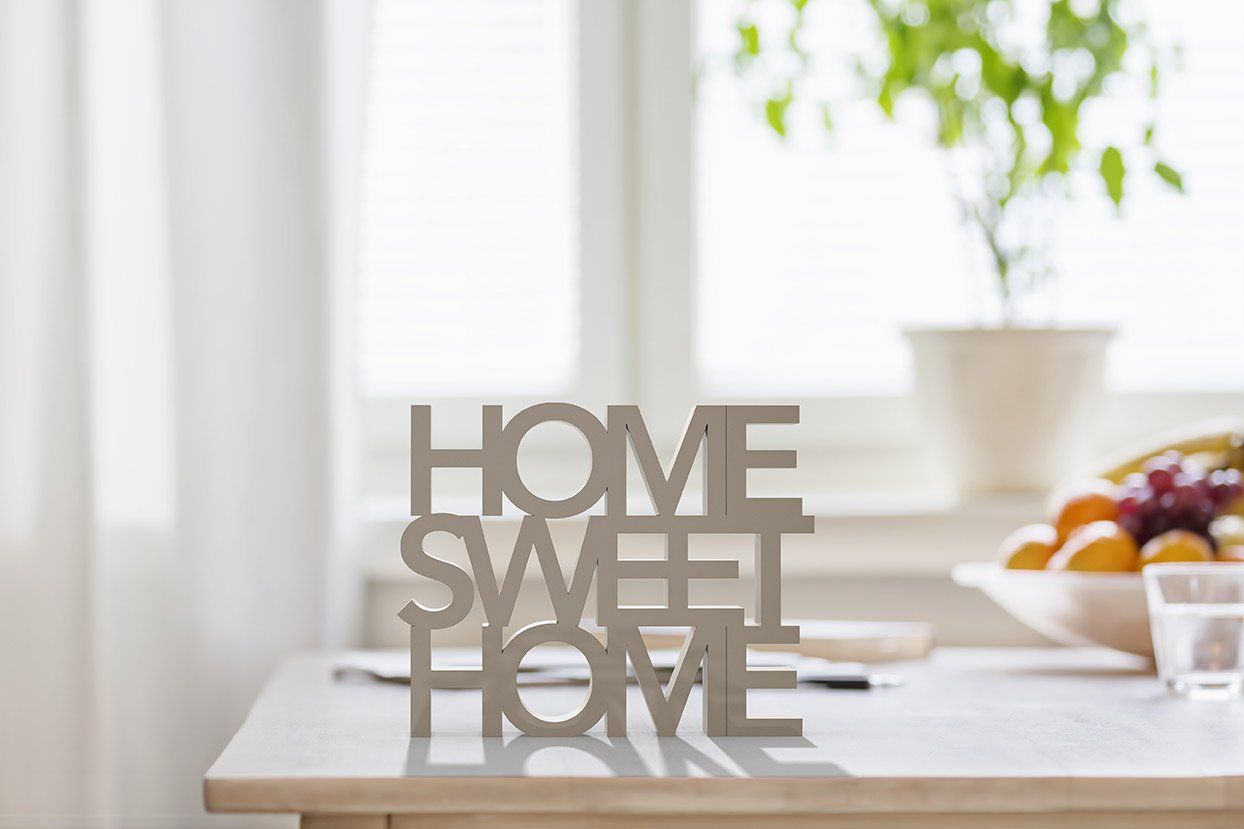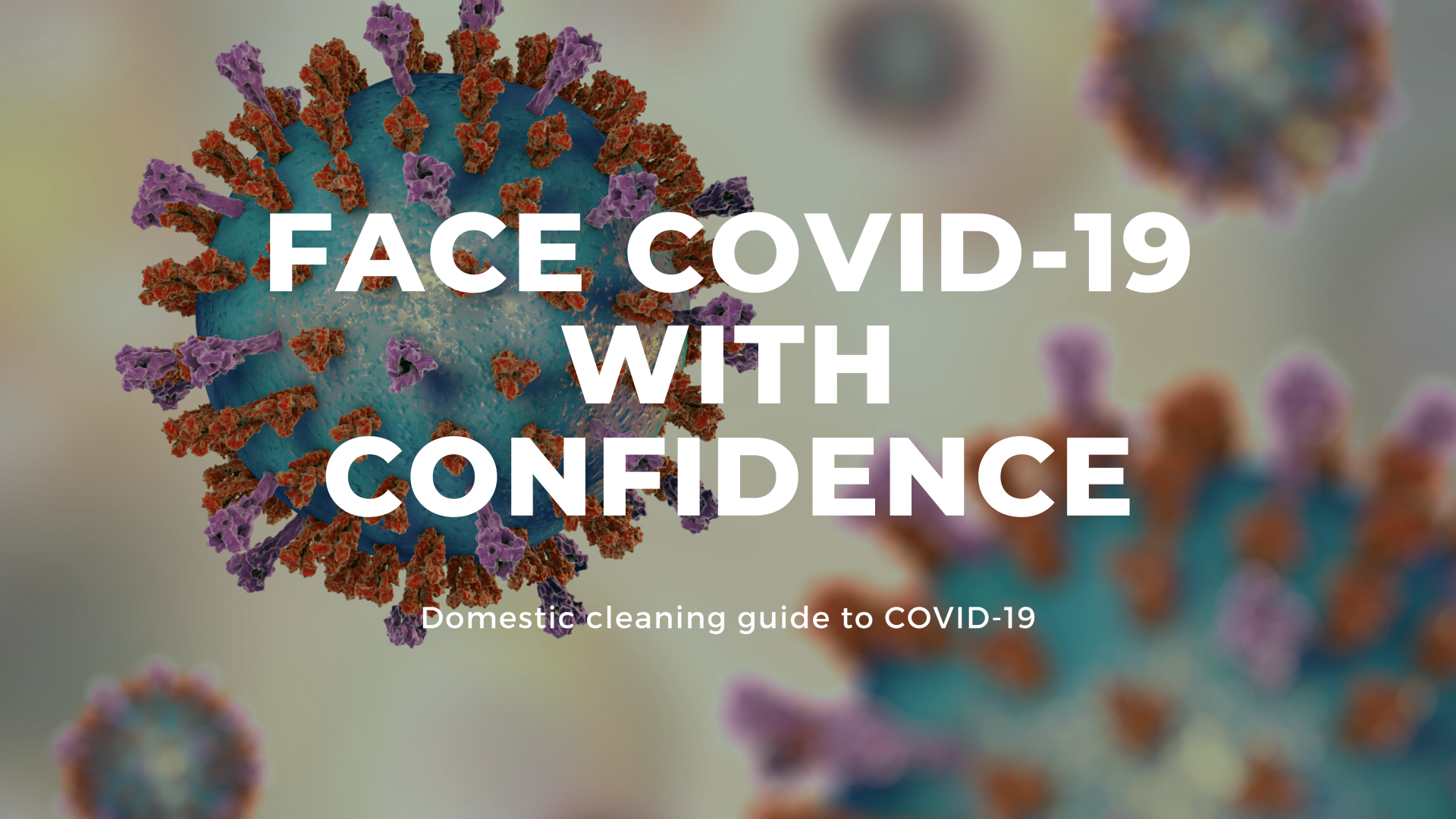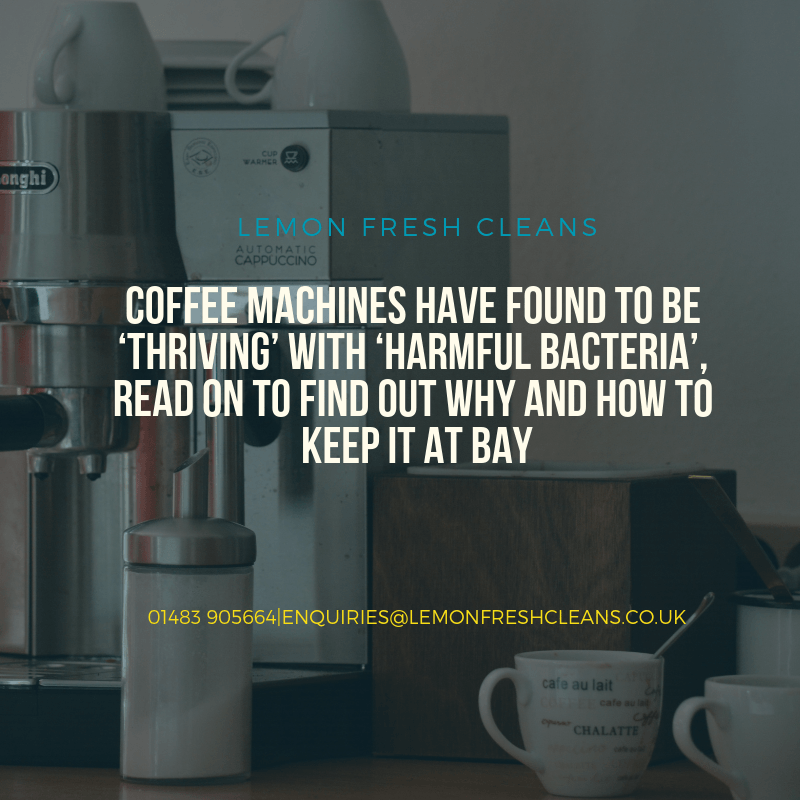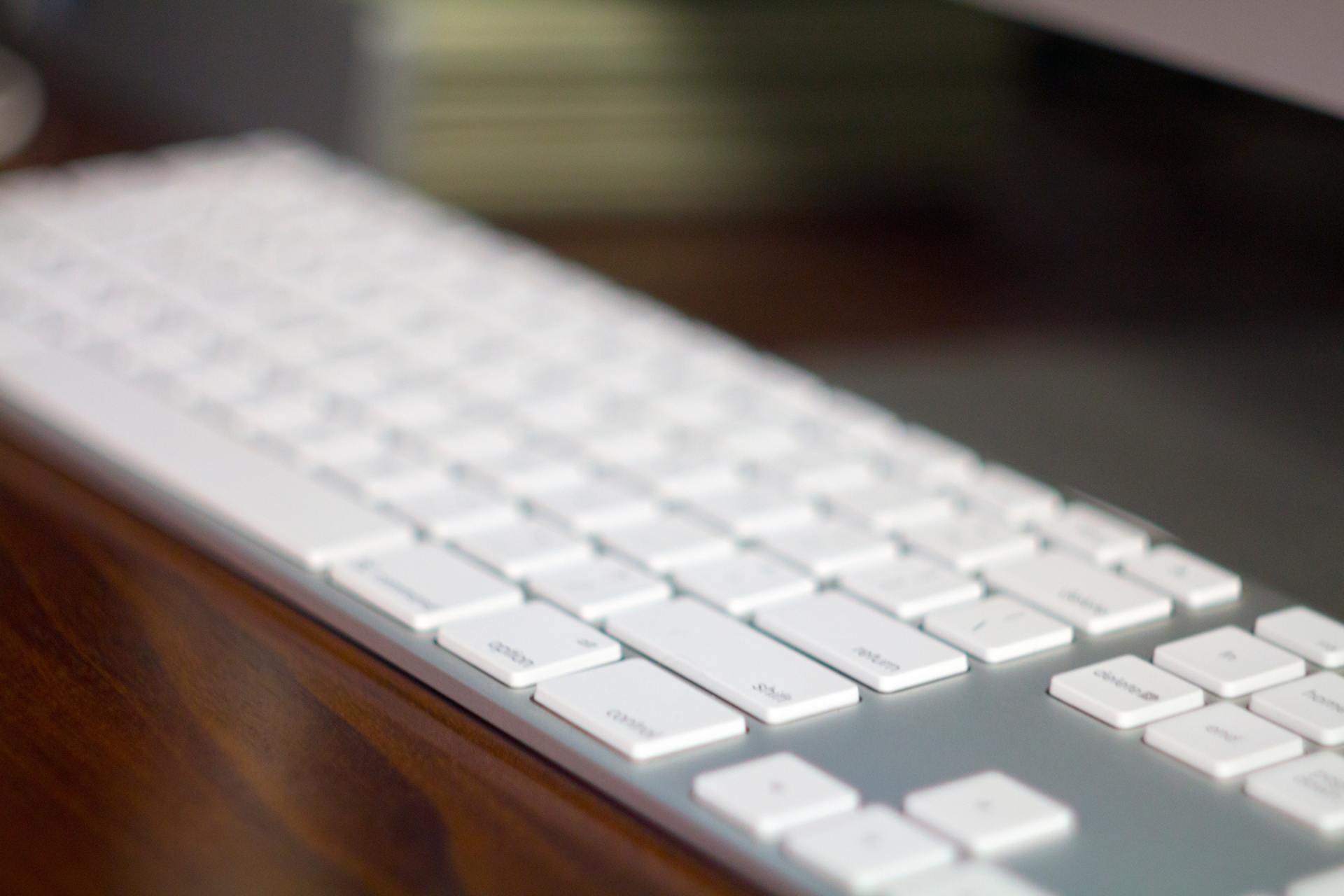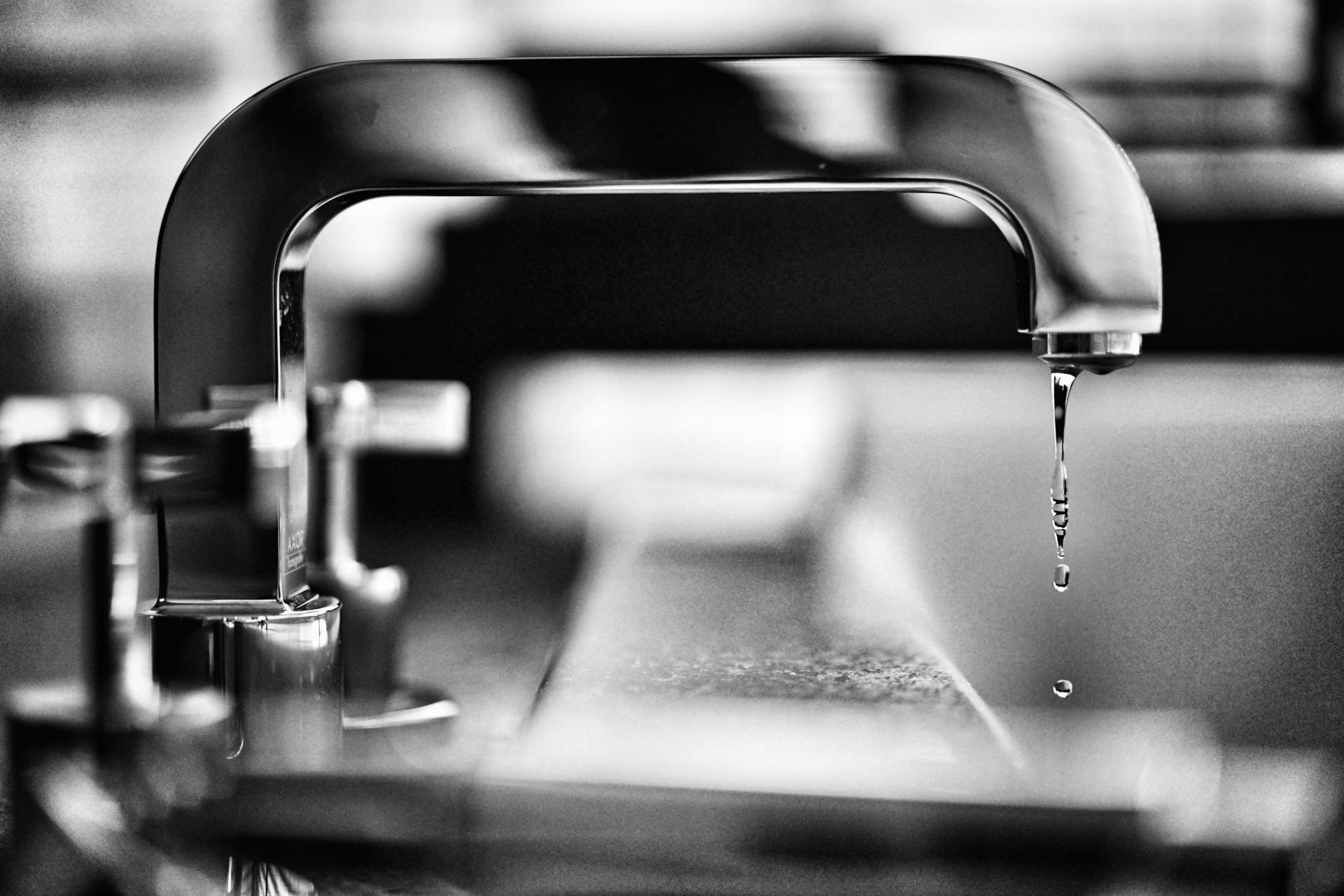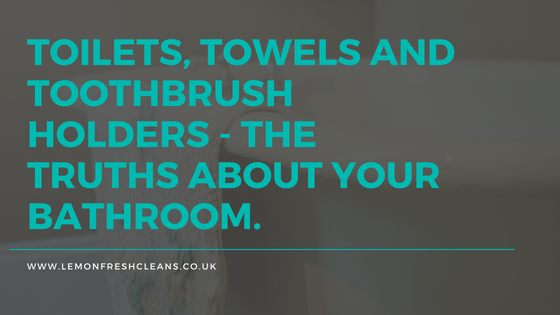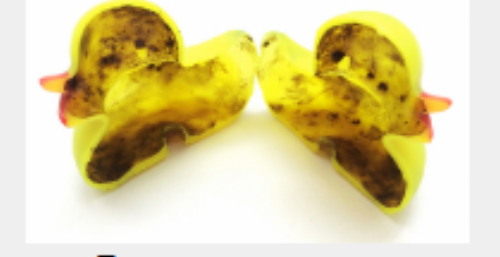Cleaning Hot Spots When You Have a Dog: Why It’s Essential for a Clean and Healthy Home!

Owning a dog is one of life’s greatest joys. From their wagging tails to the love they provide, they truly are part of the family. However, dogs can also bring along some challenges when it comes to keeping your home clean. Pet hair, dirt, and even odors can build up in specific "hot spots" around your home. Staying on top of these areas is key to maintaining a clean and healthy living environment.
Let’s explore the most common cleaning hot spots when you have a dog and why it's so important to focus on them regularly.
1. The Dog Bed and Sleeping Areas
Your dog’s bed is often the primary hot spot for dirt, hair, and sometimes odors. Even though this area might look clean on the surface, over time, pet hair, dander, and dust can accumulate. It's essential to regularly wash your dog’s bedding, vacuum the area around it, and wipe down any surfaces nearby. This not only keeps things fresh but also helps reduce allergens in your home.
2. Floors and Carpets
Dogs bring in dirt, mud, and fur, especially in high-traffic areas like hallways and entryways. Cleaning floors regularly is crucial to prevent the buildup of dirt and to maintain hygiene. For carpeted areas, frequent vacuuming helps to remove pet hair, dirt, and even mites that could be lurking deep in the fibres. Hardwood or tile floors should be mopped regularly to remove any paw prints, mud, and spills.
3. Couches and Furniture
If your dog loves lounging on the couch or curling up on chairs, these can quickly become hot spots for fur, oils from their coat, and even dirt. It's a good idea to vacuum your furniture regularly and, if possible, use washable covers that can be thrown in the washing machine. This helps prevent odors and keeps your furniture looking its best.
4. Food and Water Areas
Your dog’s food and water bowls are often forgotten, but they should be cleaned daily. Food and water areas can become breeding grounds for bacteria if not properly washed and disinfected. A quick scrub of the bowls with warm water and pet-safe soap can prevent bacteria buildup, ensuring your dog stays healthy and your floors stay free from spills.
5. Entryways and Mudrooms
Your dog likely tracks in a lot of dirt and debris from outside, especially in wet or muddy weather. The area near the door where your dog comes in and out is a prime hot spot for dirt. Consider having a designated cleaning mat by the door and wiping your dog’s paws when they come in. A quick vacuum or sweep of this area daily can help prevent the spread of dirt throughout your home.
Why Cleaning Hot Spots Is So Important
Cleaning these hot spots is not just about keeping your home looking great; it’s also crucial for maintaining a healthy living environment. Pet dander, fur, and dirt can lead to allergens building up, which can affect both you and your pet's health. Regular cleaning helps to:
- Reduce allergens: Pet hair and dander can cause allergic reactions, especially for sensitive individuals.
- Prevent odors: Pet odors can quickly become noticeable if areas like bedding and furniture are not cleaned regularly.
- Maintain hygiene: Regular cleaning prevents bacteria and germs from building up, especially in food and water areas.
- Improve your dog’s health: A clean home benefits your dog too, reducing the risk of fleas, ticks, and skin irritations.
How Often Should You Clean?
Cleaning frequency depends on your dog’s habits and the size of your home, but a good rule of thumb is to:
- Vacuum high-traffic areas every 1–2 days.
- Wash bedding weekly.
- Wipe down surfaces and furniture at least once a week.
- Clean food and water bowls daily.
By staying on top of these hot spots and maintaining a regular cleaning routine, you can enjoy a cleaner, healthier, and fresher-smelling home — both for you and your dog!
